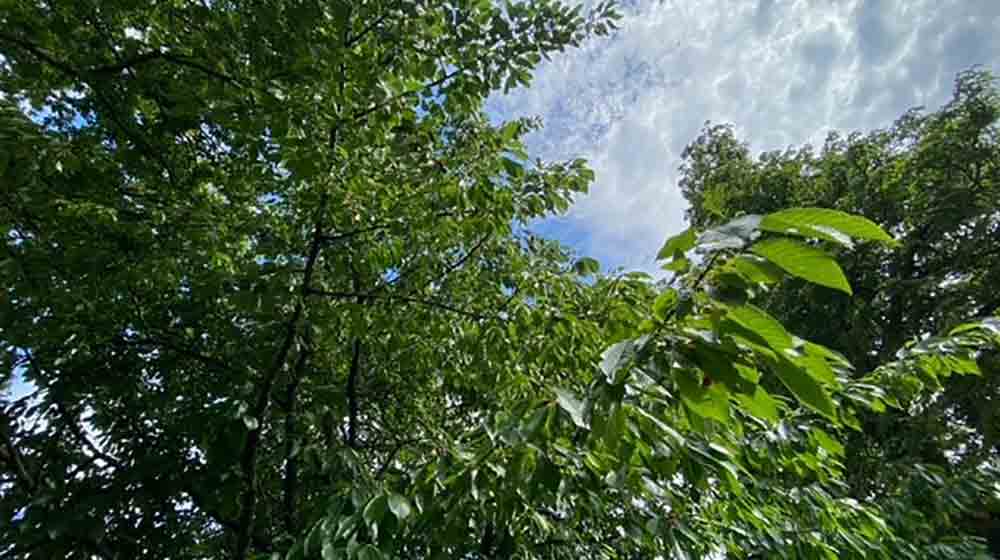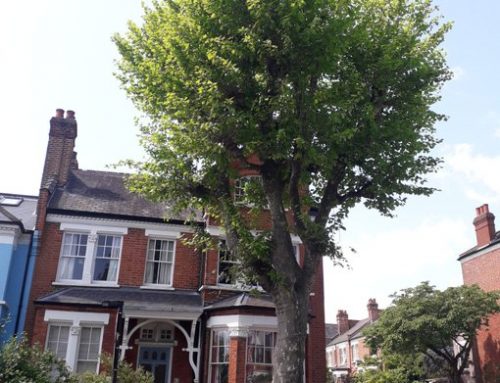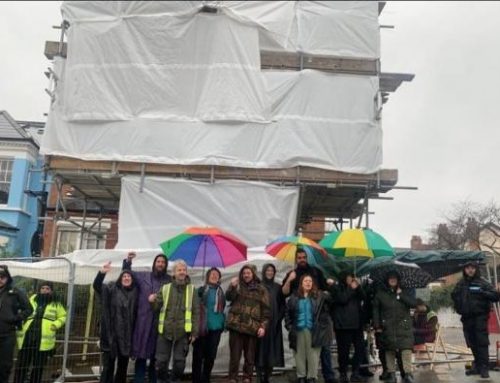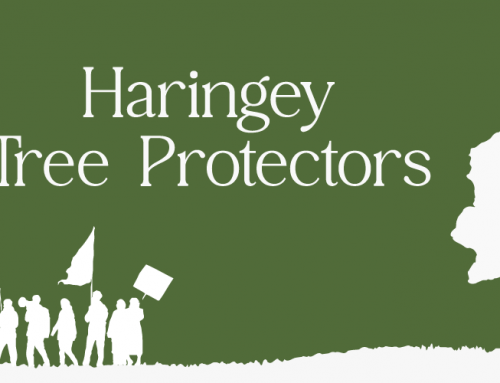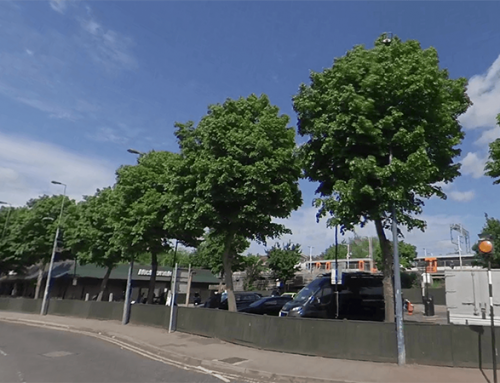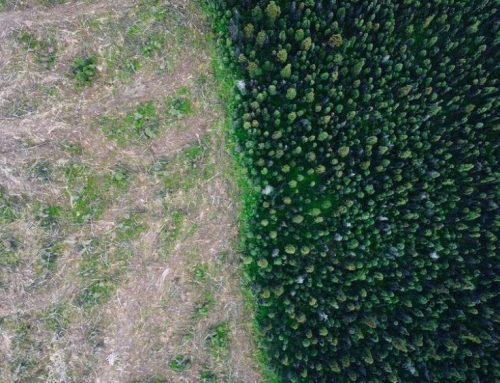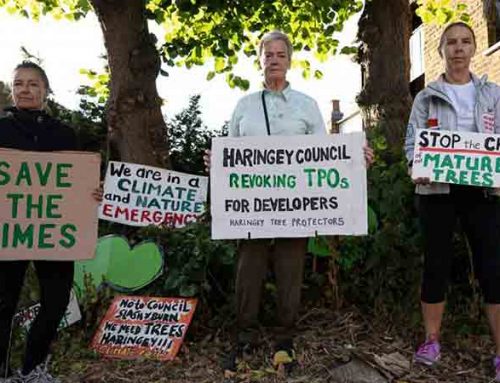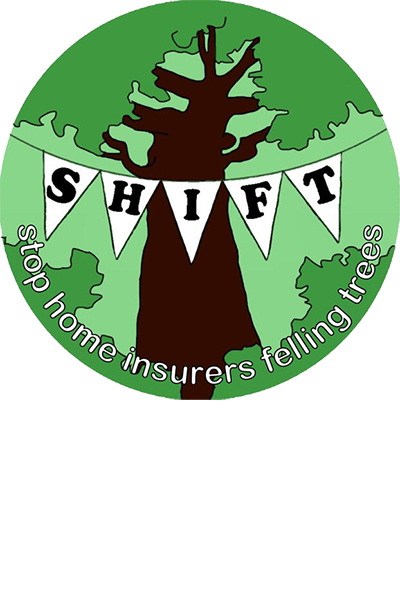We are shocked to learn that Catalyst’s Housing development plans for the St Ann’s Hospital site in Tottenham, will result in the loss of 50% of the existing trees and green canopy. This NHS Forest site contains many rare and ancient trees, and a woodland SINC (Site of Importance to Nature Conservation) which is home to a rich variety of wildlife. Housing is desperately needed, but not at the expense of green spaces at a time of climate emergency!
Green Sanctuary
St Ann’s Hospital site offers a green sanctuary for South Tottenham – an Area of Deficiency in access to nature as defined in the Mayor’s London Plan. This area needs trees even more than it needs new housing.
Background to this housing development
Two-thirds of the St Ann’s Hospital site is to be redeveloped in a large-scale housing development to begin in 2023. Previously owned by Barnet, Enfield and Haringey Mental Health Trust, the site was purchased by the GLA in 2018 as a result of a local campaign by the St Ann’s Redevelopment Trust (StART). They argued for affordable homes for local people and for developers to sustain St Ann’s as a green neighbourhood. Catalyst Housing were appointed as the developer in 2020, and in July 2022 applied for planning permission.
The proposed new, mixed-use development by Catalyst Housing will demolish the majority of the existing buildings on the non-hospital side of the site, with the creation of up to 995 new homes, plus other buildings, car parking, and landscaping including an extended Peace Garden.
The Arboricultural Impact Assessment (AIA) Survey, which has been submitted as part of the Catalyst Housing planning application to London Borough of Haringey, proposes a huge reduction in trees, species and canopy cover of St Ann’s green spaces. This will have an adverse impact on air pollution, increasing summer heat and reducing local biodiversity in this site which is a designated NHS Forest.
‘The scale of tree and canopy loss is extraordinarily high. Given the climate emergency and record London temperatures in 2022, loss of canopy of this magnitude should lead to an automatic rejection of the design. People in London are dying from excessive heat and air pollution. A project that predicts an overall loss of canopy even after new planting should be unacceptable. All planning guidance in London is for increasing canopy cover” Russell Miller, Arboriculturist
Policy Contravention
If agreed by Haringey Council, the proposals for St Ann’s Hospital site will go against Haringey Council’s Climate Emergency declaration in 2019, and its commitment towards achieving net zero carbon borough. Trees are the ultimate carbon capture mechanism, and the felling of mature trees at St Ann’s site will result in significant carbon release. Their replacement by young saplings will be entirely inadequate. A huge increase in woodland is required to meet net zero carbon emissions by 2050, as emphasised in the recent Committee on Climate Change’s Report to Parliament 2022.
This is also in contravention of Haringey’s newly published Tree and Woodland Plan.
StAGS believes that St Ann’s Catalyst Housing development could and should be an exemplar of green planning and affordable housing. They are calling on London Borough of Haringey to reject the current planning application and to require the developers to resubmit plans that truly address the issues of climate change.
To help stop this tree carnage sign their petition here >>
For further information contact StAGS at friendsofstags@gmail.com

